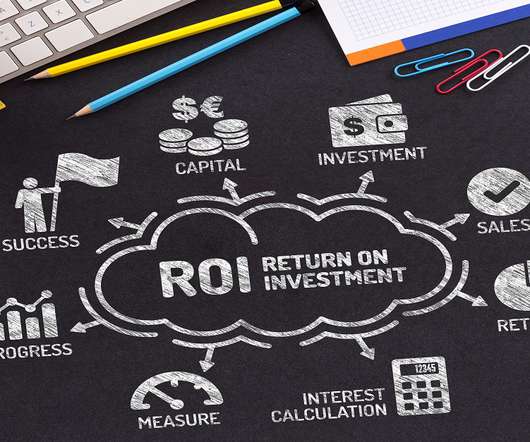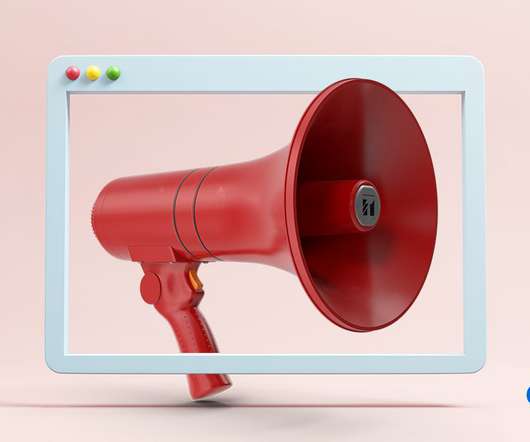Defend the Spend: How to Calculate ROI on L&D Investment
Harbinger Interactive Learning
FEBRUARY 2, 2023
A Capterra survey states, 49% of organizations increased their L&D spend in 2022 — up from 41% in 2021. But the million-dollar question is how can one calculate L&D investments to determine the performance of a training program or initiative? So how do you calculate the actual ROI in eLearning?















































Let's personalize your content